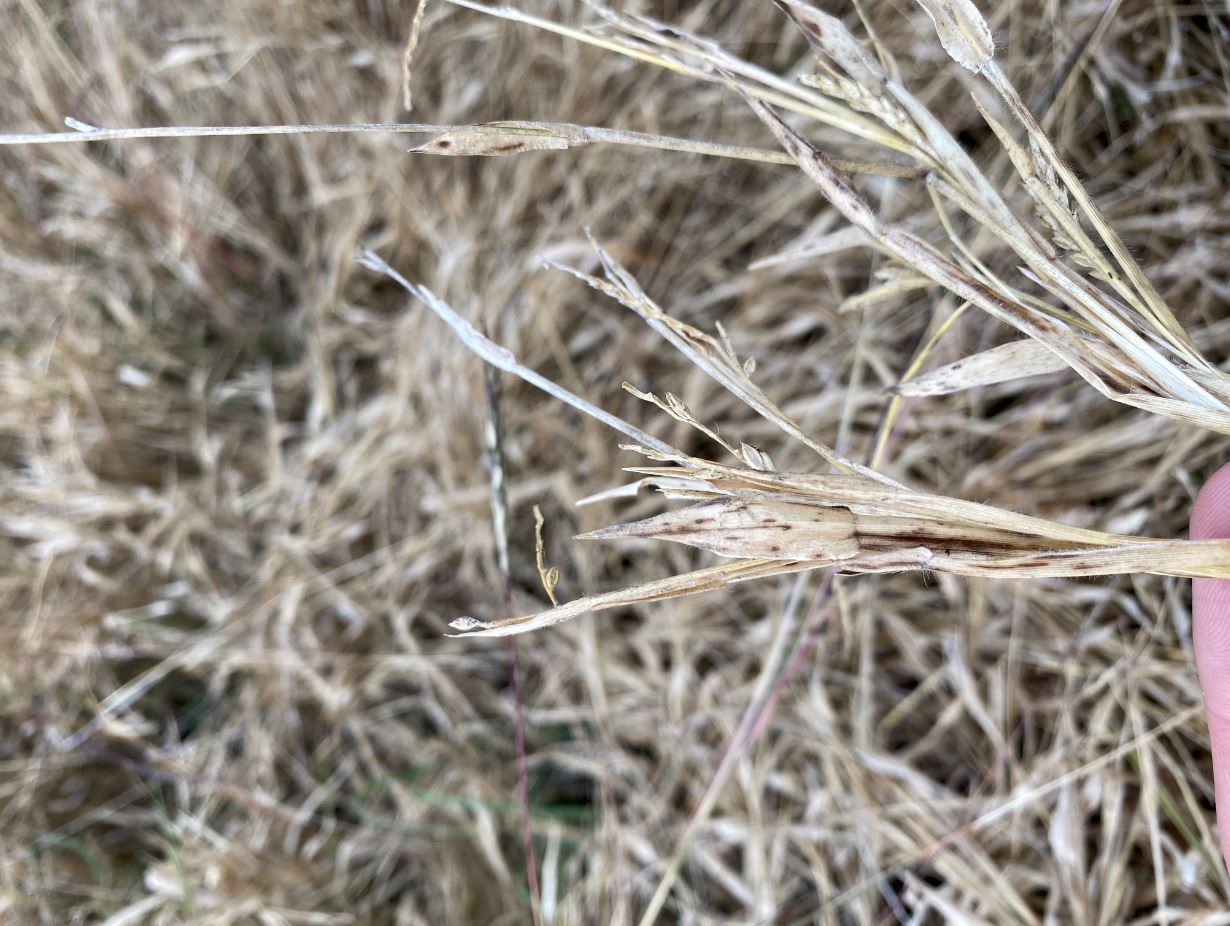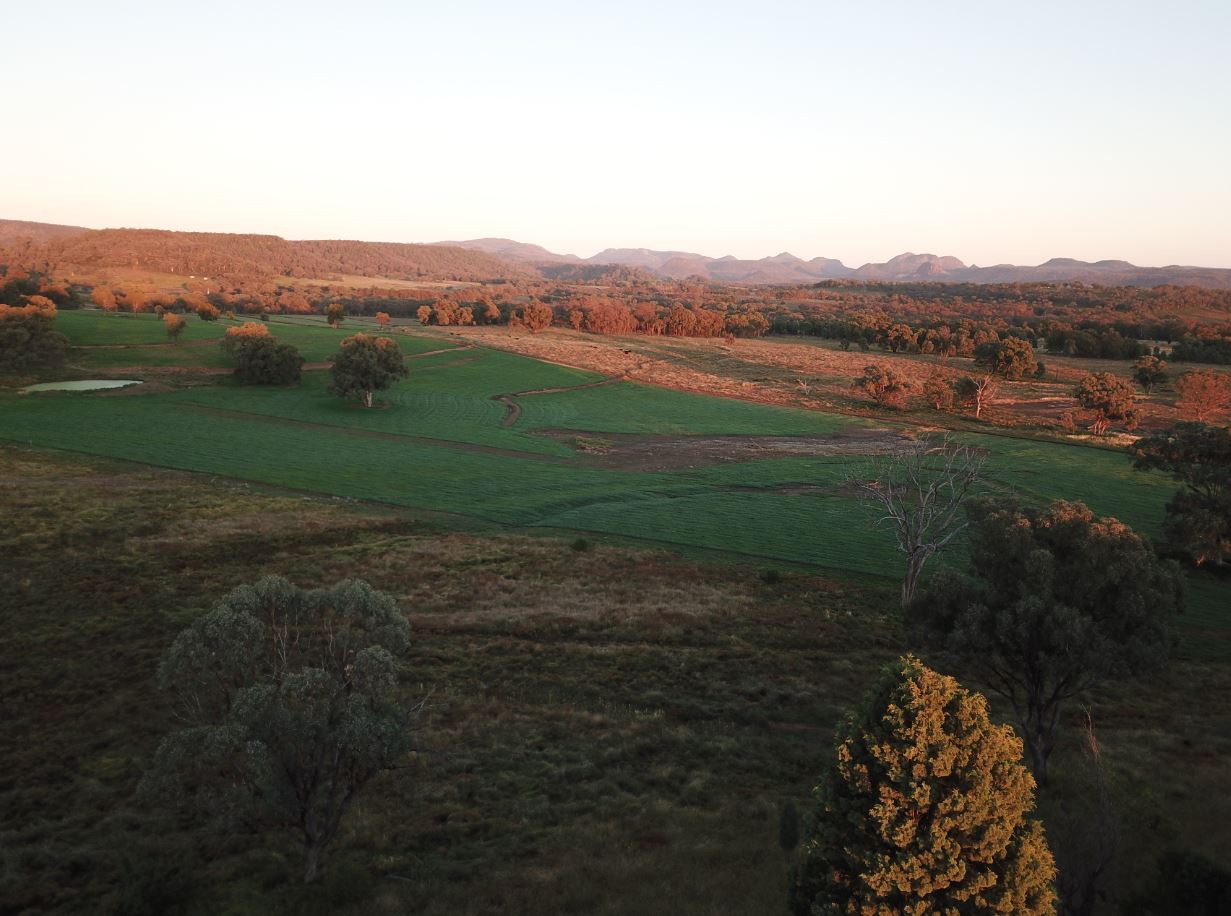By Callen Thompson – Senior Land Services Officer - Mixed Farming
Mice are continuing to be a problem in Central West NSW. For some producers, numbers in fallows may have eased as their food source has reduced, but it appears numbers in pasture paddocks are still relatively high.
Due to the favourable summer and low stock numbers, there has been a lot of pasture growth. Many pasture species have set seed, which not only provides a food source for mice (figure 1), but the dense grass can also provide a good habitat, which could see mice survive through winter.

While we are all hoping that winter brings some relief to the mice problem, producers should be prepared if mice move back into cropping paddocks prior to harvest.
According to the Grains Research and Development Corporation (GRDC), observing and monitoring these changes in populations is essential before any mouse control plan can be rolled out.
We recommend producers read the GRDC's 'Tips & Tactics – Better Mouse Management', which provides baiting recommendations and year-round control advice.
Producers who are planning to sow, should consider whether their paddocks are at risk of mice. Generally, mice are more likely to move into a paddock if they have a feed source or habitat in close proximity, such as:
- Paddocks neighbouring pasture or bushland
- Paddocks with habitat inside them such as creeks, gullies, rocky outcrops or pasture islands
- Paddocks in close proximity to grain or hay storage areas
- Paddocks with a long perimeter in relation to the area of crop (see figure 2)

If possible, prioritise the grazing of pasture paddocks that are close to or bordering cropping paddocks. Stock will remove seed heads as well as habitat.
We know our winter crops can be susceptible to mice damage at sowing and some producers have experienced this already.
Cereal crops may also be susceptible from jointing onwards. Mice have been known to eat the developing growth point at the first node. Mice can also damage the flowering head and do major damage at grain fill.
In pulse and oilseed crops mice can eat flowers and pods and can continue to damage the crop through to harvest.
It is important producers consider all their options prior to sowing and have plans in place to manage mouse numbers if they start to increase coming into spring.






